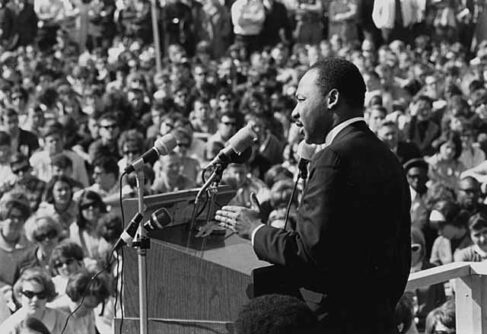Philanthropists use their money to fill unmet needs in society. So does government. . . . So at this time of fiscal challenge, donors should consider . . . effective ways to use private money to help government serve the common good.
Wow. Not that it’s wrong for philanthropists to work with government officials and programs -- sometimes there are valuable partnerships to be had with government. Some of the more interesting philanthropic gifts profiled in the report on which their op-ed is based brought together government leaders from different parts of the country to learn from one another (although should be possible to do this absent philanthropy: after all, the National Governor’s Association and U.S. Conference of Mayors seem to get by without philanthropic grants).
Indeed, given the reach of government, often it’s impossible for philanthropists to avoid dealing with government. The most noteworthy finding from the report concerns the fraction of gifts that involve some interaction with government. The authors
analyzed a random sample of more than 400 $1 million-plus gifts over the last decade from the “Million Dollar List” database recently released by the Center on Philanthropy. We used an inclusive definition of working with government . . . and discovered that a whopping 40 percent of the philanthropic gifts in our random sample were connected in some way with government.
The troubling part of this op-ed is not the suggestion that philanthropists can sometimes fruitfully work with government but the inattention to the differences between philanthropists’ and government’s power to ameliorate “unmet needs.”
Government programs are necessarily technocratic responses to broad problems that apply a single (or only modestly differentiated) response to needs. Government has neither the capacity -- nor, if it’s holding to its responsibility to treat people similarly -- to respond to unusual needs, to those whose needs fall outside of the official delimitation of neediness, or to respond with customized responses peculiar to a person or a small community.
Philanthropists -- free from the necessity of responding to everyone and free to craft particular responses to particular needs -- can respond creatively and effectively to individuals and to a narrowly targeted community. It’s this opportunity for sympathy with others and a choice of how to respond that gives philanthropy a moral quality absent in the administration of government programs.
And, in “this time of fiscal challenge,” I suspect that there are even more than the usual number of needy in our society -- many of whom never expected to be among the needy -- who are best served by the discernment of a philanthropist who sees the individual or a community in his or its particularity than by the blunt instrument of government.
Government spending represents over 42 percent of the U.S. economy -- and yet there are still unmet needs. Philanthropists might sometimes wisely choose to work with government. But government spending is already crowding out the ability of philanthropists to serve the common good. We might hope in “this time of fiscal challenge” that philanthropists keep looking beyond government to serve the good.





